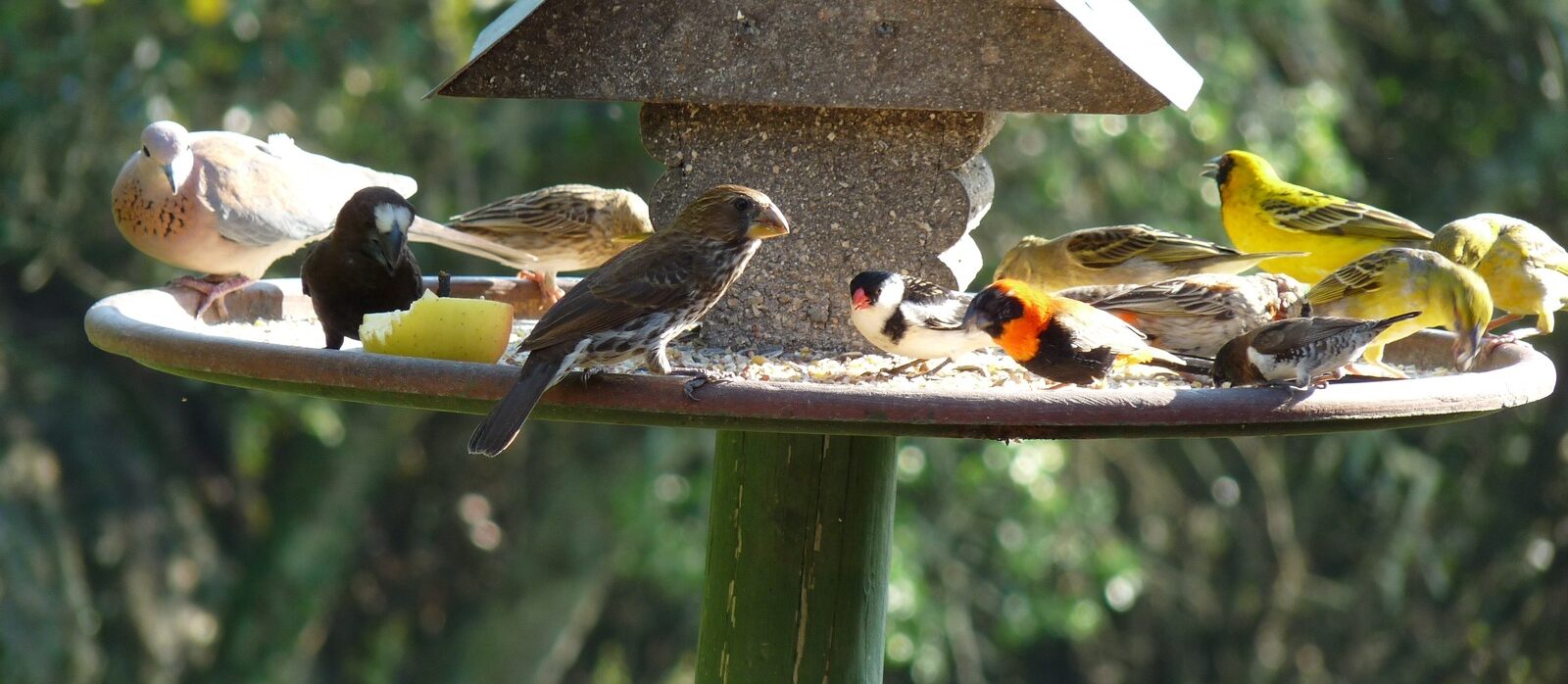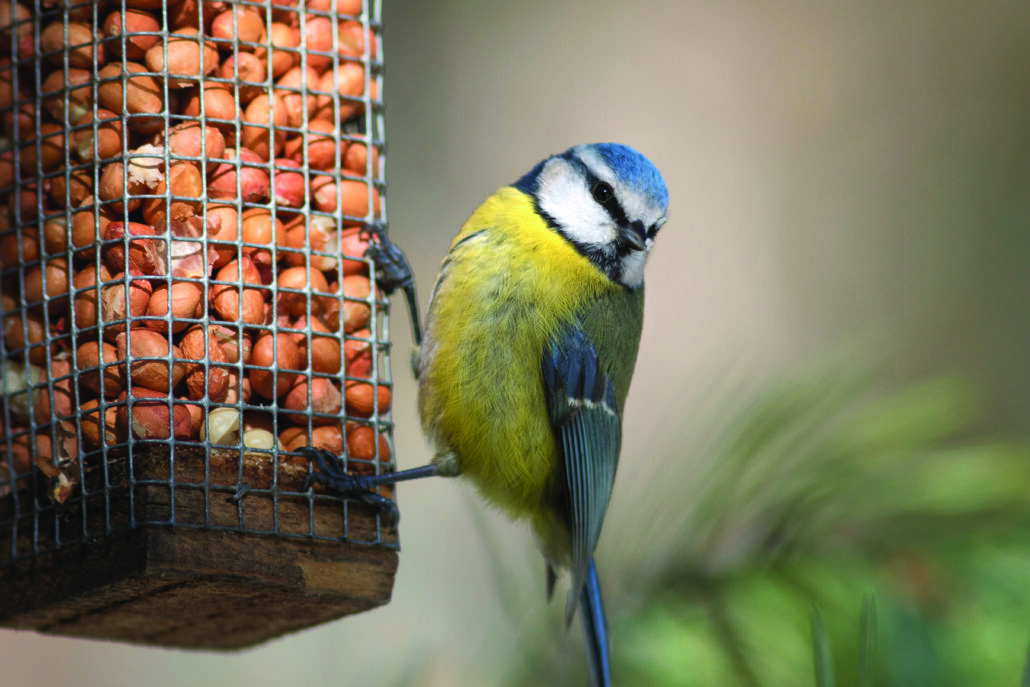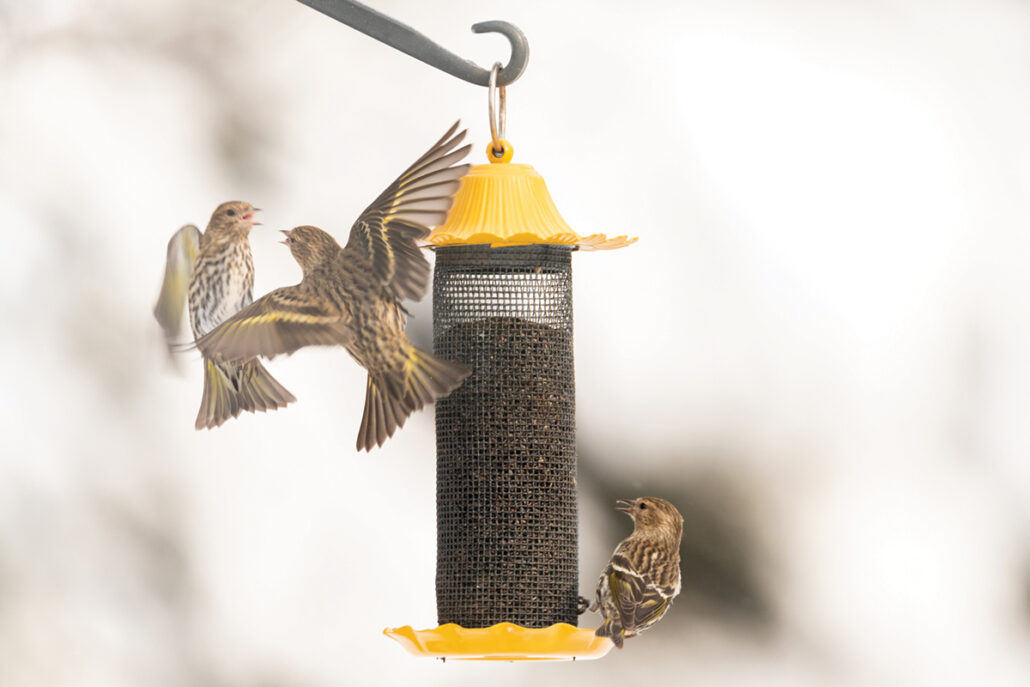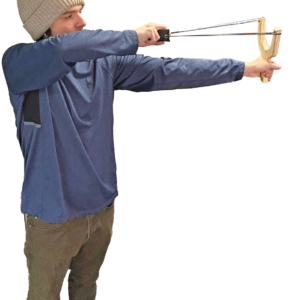
Lessons from a Bird Feeder
![]() By Diane Crosby
By Diane Crosby
Some years ago, after taking a Master Naturalist class, I became interested in having a bird feeder. I started with one, then added a homemade one my son created from a pizza pan. The original feeder, having been assaulted by two tropical storms, needed replacement. I exchanged it for one that looks like a little cabin. I have spent many an hour at my breakfast table engrossed in the drama in our backyard and pondering the comparisons to the operation of a retail store!
The first thing I had to learn about feeders was what time the birds eat. There is likely an earlier shift than I witness, but enough come at my breakfast time to entertain me. Crowds taper off in the evening and rarely come out at night. Our human customers keep certain hours as well, as our store is located near a statewide training center. Store hours are based on the ebb and flow of students at the center. Allowing customer traffic to influence your schedule will keep you from missing their shopping windows and, therefore, prevent you from missing sales.
One of the most important aspects of hosting birds is knowing what type of feed they prefer. I have found that some types of feed leave my bird friends unimpressed. Basic sunflower seed pleases the majority at my house. Recently, I added peanut butter suet sticks to my new feeder that has trays for such. That addition has created quite a stir amongst the small birds, and the larger ones will try to get to it. Similarly, you must know what types of products to provide in your store that pique the interest of your customers. Even regular customers like variety.
In nature, patterns change throughout the various seasons. In my neighborhood, birds are not as active around feeders in autumn. When spring arrives, the population explodes with brightly colored finches, cardinals, titmice and sparrows. In our store, the season really matters, as well. Our customer base waxes and wanes depending on which classes are being taught at the training center. Of course, we stock up on the needs for those students as well as prior to holidays, when customers have gift-giving on their minds.
 Over the years, I have noticed regular avian visitors to our feeders. However, we also entertain visitors from far and wide. Some, like grosbeaks, woodpeckers and nuthatches, must have put our yard on their migration map. They stop in for a few days a year, then they are gone. It is a thrill to see them! At our retail store, we have regular customers whom we always want to please. Then, along come those drop-ins from the interstate or participants in a short training class who have come from foreign countries. We can’t plan for everything these occasional visitors may want, but it is fun to have them!
Over the years, I have noticed regular avian visitors to our feeders. However, we also entertain visitors from far and wide. Some, like grosbeaks, woodpeckers and nuthatches, must have put our yard on their migration map. They stop in for a few days a year, then they are gone. It is a thrill to see them! At our retail store, we have regular customers whom we always want to please. Then, along come those drop-ins from the interstate or participants in a short training class who have come from foreign countries. We can’t plan for everything these occasional visitors may want, but it is fun to have them!
Often, birds appear nearby in the yard or neighboring open space but never come to our feeders. Some may not eat the type of seed we provide, or they prefer eating on the ground. We never see hummingbirds because we do not have sugar water available. Studying what these birds want can help, but some will never feed with us no matter what I do. Customers can be that way. Perhaps you don’t have what they need. Your location may be inconvenient for them. Whatever the case, some will never darken your door. You can consider the problem or simply provide for the customers who do love you!
Having a busy bird feeder makes our backyard something of a wild kingdom with unintended participants. Squirrels are kept from the feeders by placement and pole greasing, but they know seed is bound to fall. Feral cats are drawn here as well, often with brutal consequences. One morning, my husband saw a buzzard hanging around as a cat hunted. I shoo these predators away when I can. Not everyone who walks in the door of our store is a customer. There is a county jail nearby, and often, released prisoners will stop in, as do random folk who don’t know what a tactical store is all about. We are kind to those who come, but we know they are not long-term customers.
 Observing how birds interact with each other and how they feed has taught me a lot about them. Observing how customers shop, what draws their attention and which products make it to the front desk can help you do a better job of product selection and placement. I have found it interesting how short a time birds wait after I put the seed out before they swoop down to eat. Yes, they can be skittish, but it doesn’t take long for appetite to overcome fear. Customers are not skittish birds, but most do like to be left alone to ponder and work through their shopping experience. A greeting is nice when they arrive, but most appear happy to do their own thing. Of course, we help if needed and check on them, but many simply want solitude.
Observing how birds interact with each other and how they feed has taught me a lot about them. Observing how customers shop, what draws their attention and which products make it to the front desk can help you do a better job of product selection and placement. I have found it interesting how short a time birds wait after I put the seed out before they swoop down to eat. Yes, they can be skittish, but it doesn’t take long for appetite to overcome fear. Customers are not skittish birds, but most do like to be left alone to ponder and work through their shopping experience. A greeting is nice when they arrive, but most appear happy to do their own thing. Of course, we help if needed and check on them, but many simply want solitude.
When I have been out of town for extended periods, my backyard feeders can empty out. Most of my regular birds know I will be back, it seems. Still, it takes time for them to return after a seed drought. Likewise, if you neglect your store stock for a length of time, customers will look elsewhere to find what they need. Be sure to keep popular items ordered and restocked.
There was a big sparrow, not a regular, at our feeder recently. It was behaving very aggressively toward the other birds. It stayed at one feeder awhile, then attempted to dominate the other. It was a real-life angry bird. It ate little, spending most of its energy defending its newly discovered cache. It made me think of competition in business. Are we spending so much time worrying about what others are doing that we don’t enjoy what we have? If we make our stores the best they can be, why not savor the fruits of our labor instead of pecking at others?
From the mockingbird that flew too close to the cat to the chickadee that braves the big bird society to the woodpecker who stops in for a bite to the dove who clumsily kicks birdseed down to the squirrels below, I relish the dramas unfolding in my backyard. I always wonder, what can I learn from the bird feeder today?
Diane and Wiley Crosby own Red Dog Outfitters in Forsyth, Georgia. They spend more hours watching the bird feeders than they ever thought they would!



